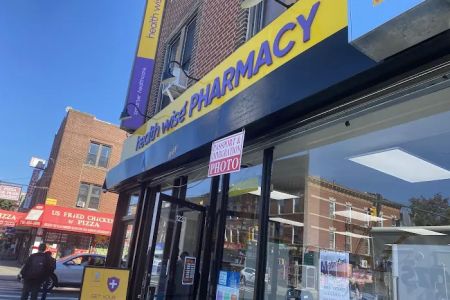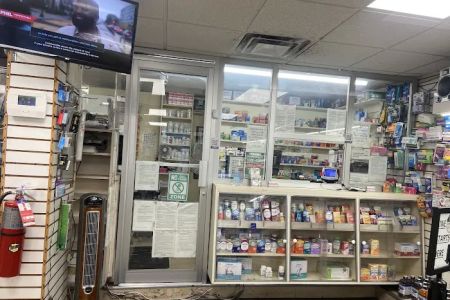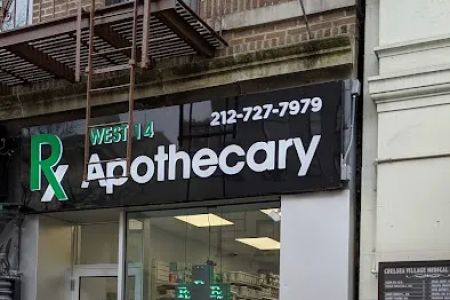Understanding Prescription Insurance Coverage
When it comes to managing our health, one of the most crucial aspects is ensuring that the medications we need are covered by our insurance. With the rising cost of healthcare, having insurance coverage for prescriptions is vital. However, understanding how to check if your prescriptions are covered can be confusing. In this article, I’ll walk you through the steps on how to check insurance coverage for prescriptions, why it's important, and how you can make the most of your insurance plan. For many of us, insurance coverage is a complex topic. Each policy is different, and prescription drug coverage can vary significantly between health plans. Whether you have a private insurance plan, work-based coverage, or a government plan, the process of checking prescription coverage remains mostly the same. Let’s dive in!1. Review Your Insurance Plan’s Drug List (Formulary)
The first step in checking insurance coverage for prescriptions is reviewing your insurance plan’s formulary. The formulary is essentially a list of medications that your insurance plan covers. Not all medications are covered under every insurance plan, and some drugs may require a higher copay or even be excluded from coverage entirely. Most health insurers provide access to their formulary online. You can log into your account on your insurance company’s website and search for your specific plan's formulary. The formulary will list medications by their brand names and generics, often categorized by the medical conditions they treat. If you don’t have online access, you can call the insurance company’s customer service line and request a hard copy of the formulary. It’s important to understand that drug formularies are subject to change, and new drugs may be added or removed periodically.2. Contact Your Insurance Provider
If you can't find the information you need or need more clarity, your next step should be contacting your insurance provider directly. Insurance companies have dedicated support teams that can answer questions about prescription coverage. When contacting your provider, make sure to have the following details on hand: - Your insurance plan information - The name and dosage of the medication you're checking - Any specific concerns you may have (for example, if the medication is listed as "non-formulary") The representative will be able to tell you whether the medication is covered and, if not, offer alternative solutions such as generic versions or medications covered under your plan.3. Use Pharmacy Tools to Check Medication Coverage
Another way to check your prescription drug coverage is by using online pharmacy tools. Many pharmacies, including large chains like CVS, Walgreens, and Rite Aid, have online tools that allow you to check if your insurance will cover a particular medication. For example, if you are filling a prescription at a pharmacy, you can ask them to check whether your insurance will cover the cost of the prescription. Many pharmacies have integrated systems that automatically check for coverage when you present your insurance details. These tools can also provide you with information about any out-of-pocket costs you might incur, depending on the tier of the medication or whether it requires a prior authorization.4. Understand Prescription Tiers and Copays
When it comes to prescription coverage, not all medications are created equal. Insurance plans typically place medications into different tiers, each with its associated costs. Generally, medications in lower tiers (like generic drugs) are cheaper, while those in higher tiers (like brand-name drugs) come with higher copays. For example, a Tier 1 drug might cost you only a few dollars, while a Tier 3 drug could cost you significantly more, sometimes hundreds of dollars. Understanding how your plan’s tiers work is crucial for managing your out-of-pocket costs effectively. If your prescribed medication falls under a higher tier, you can ask your doctor if a lower-cost alternative is available. Many doctors are willing to work with their patients to ensure that they get medications that are both effective and affordable.5. Check for Special Programs and Discounts
Many pharmaceutical companies offer assistance programs that can help reduce the cost of medications, especially for people who have high prescription costs due to insurance limitations. These programs often provide discounts, coupons, or even free medications for eligible patients. Additionally, some insurance plans offer “mail-order” pharmacy services, which may allow you to receive a 90-day supply of a medication at a lower cost compared to buying it from a retail pharmacy. Don't hesitate to ask your pharmacy or healthcare provider about these programs. They can often point you toward resources that can make a significant difference in the cost of your medications.6. Explore State or Federal Assistance Programs
If you're uninsured or underinsured, you may be eligible for state or federal assistance programs. Medicaid and Medicare, for example, have prescription coverage programs that can help reduce the cost of medications. In some states, there are also specific programs that provide discounts on prescriptions for residents who meet certain income qualifications. Researching and applying for these programs can sometimes save you more money than you expect. If you're unsure where to start, your doctor or pharmacist can help you identify the programs available in your state and assist with the application process.Conclusion: Taking Charge of Your Prescription Coverage
Checking your insurance coverage for prescriptions is an essential part of managing your healthcare. Whether it’s understanding your formulary, contacting your insurance provider, or utilizing pharmacy tools, there are many ways to ensure that your medications are covered. Always keep in mind that prescription drug coverage can change, and it's important to stay informed about any updates to your plan. Being proactive about your prescription coverage can save you money, reduce stress, and ensure that you have access to the medications you need for your health. If you ever feel unsure, don’t hesitate to ask your pharmacist, doctor, or insurance provider for help. Taking the time to fully understand your coverage options can make a significant difference in the long run.If you're looking for more information or need help navigating your prescription coverage options, don't hesitate to visit Pharmacy for expert advice and assistance.














